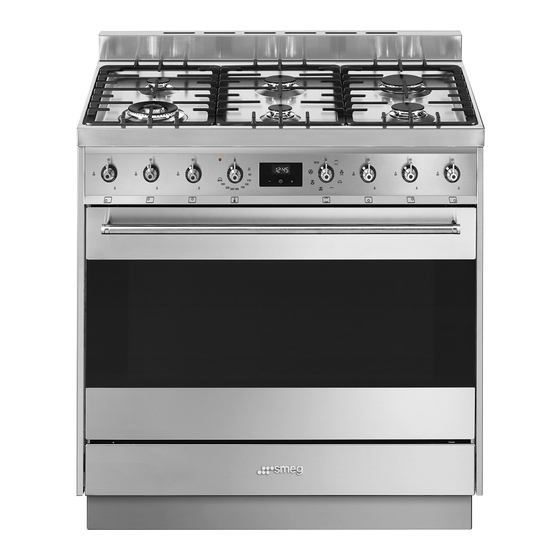
Table of Contents
Advertisement
Quick Links
We advise you to read this manual carefully, which contains all the instructions for
maintaining the appliance's aesthetic and functional qualities.
For further information on the product: www.smeg.com
Contents
4
4
8
8
8
8
9
10
10
11
11
12
12
14
15
16
18
19
20
22
25
26
33
33
34
35
35
38
40
42
42
42
45
47
53
54
56
3
Advertisement
Table of Contents








Need help?
Do you have a question about the CSP9GMXA-1 and is the answer not in the manual?
Questions and answers